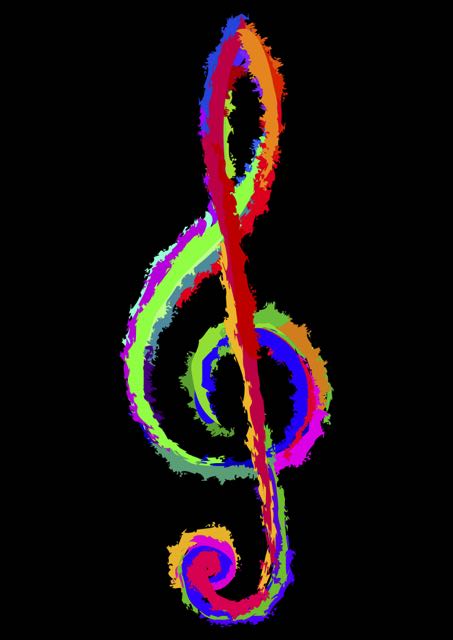A magazine where the digital world meets the real world.
On the web
- Home
- Browse by date
- Browse by topic
- Enter the maze
- Follow our blog
- Follow us on Twitter
- Resources for teachers
- Subscribe
In print
What is cs4fn?
- About us
- Contact us
- Partners
- Privacy and cookies
- Copyright and contributions
- Links to other fun sites
- Complete our questionnaire, give us feedback
Search:
The first digital music
by Paul Curzon, Queen Mary University of London

The first computer music program was a flamboyant flourish added on the end of a program that played draughts in the early 1950s. It played God Save the King.
The first computers were developed towards the end of the second world war to do the number crunching needed to break the German codes. After the War several groups set about manufacturing computers: three in the UK. This was still a time when computers filled whole rooms and it was widely believed that a whole country would only need a few. The uses envisioned tended to be to carry on doing number crunching.
A small group of people could see that they could be much more fun than that, and one being school teacher Christopher Strachey. When he was introduced to a pilot computers on a visit to the National Physical Laboratories, he immediately set about writing a program that could play against humans at draughts. He had met Alan Turing, one of those war time pioneers when they were both at university before the War. He heard that Turing, now working at the University of Manchester, was working on the new Feranti Mark I computer so wrote to him to see if he could get to play with it. Turing invited him to visit and on the second visit he was given the chance to try to get his draughts program to work on the Mark I. He was left to get on with it that evening.
He astonished everyone the next morning by having the program working and ready to demonstrate. He had worked through the night to debug it. Not only that, as it finished running, to everyone's surprise, the computer played the National Anthem. As Frank Cooper, one of those there at the time said: "We were all agog to know how this had been done." Strachey's reputation as one of the first wizard programmers was sealed.
The reason it was possible to play sounds on the computer at all, was nothing to do with music. A special command called 'Hoot' had been included in the set of instruction programmers could use (called the 'order' code at the time) when programming the Mark I computer. The computer was connected to a loud speaker and Hoot was used to signal things like the end of the program - alerting the operators. Apparently it hadn't occurred to anyone but Strachey that it was everything you needed to create the first digital music.
He also programmed it to play Baa Baa Black Sheep and went on to write a more general program that would allow any tune to be played. When a BBC Live Broadcast Unit visited the University in 1951 to see the computer for Children's Hour the Mark I gave the first ever broadcast performance of computer music, playing Strachey's music: The National Anthem, Baa Baa Black Sheep and also In the Mood.
Strachhey went on to be a leading figure in the design of programming languages, responsible for many of the key advances that have led to programmers being able to write the vast and complex programs of today. The recording made of the performance has recently been rediscovered and restored so you can now listen to the performance yourself:


